 Q: I recently acquired a PNG yam ceremony carving from the Netherlander and remembered that you had a yam god mask posted on your website. Maybe you are not interested in carvings but I figure I will share them with you and as always, I’m very interested in hearing your opinions. Photos are stock, carvings are currently in transit. David, 1376
Q: I recently acquired a PNG yam ceremony carving from the Netherlander and remembered that you had a yam god mask posted on your website. Maybe you are not interested in carvings but I figure I will share them with you and as always, I’m very interested in hearing your opinions. Photos are stock, carvings are currently in transit. David, 1376A: Your carving is certainly from Papua New Guinea and a very handsome piece of folk art. I’ve never seen a yam mask this long and narrow. How tall is it? What is that little knob for on the bottom? Perhaps you can find someone who specializes in PNG or oceanic material who could tell you what it is. Collectors often refer to carvings that emphasize a human face a mask, even though it is for some other purpose. 

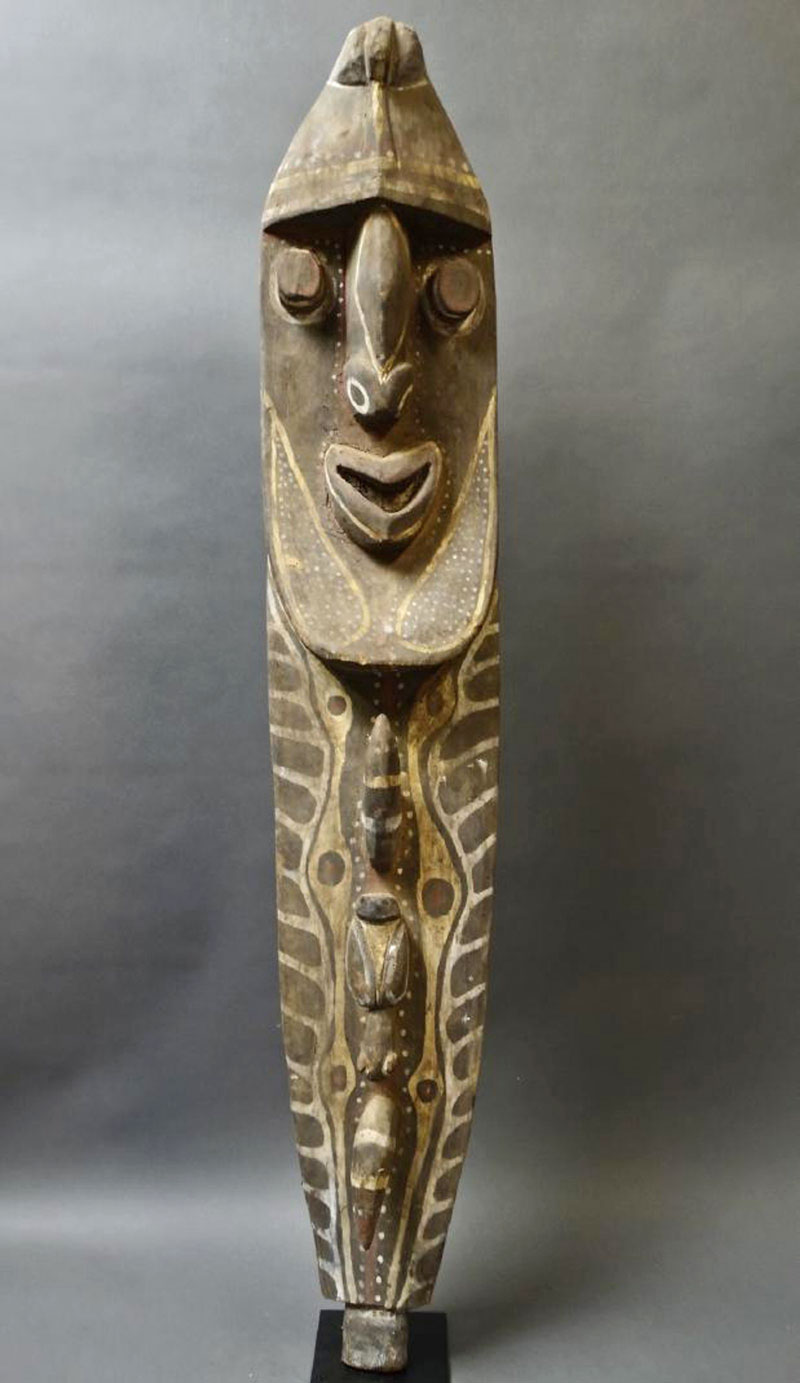
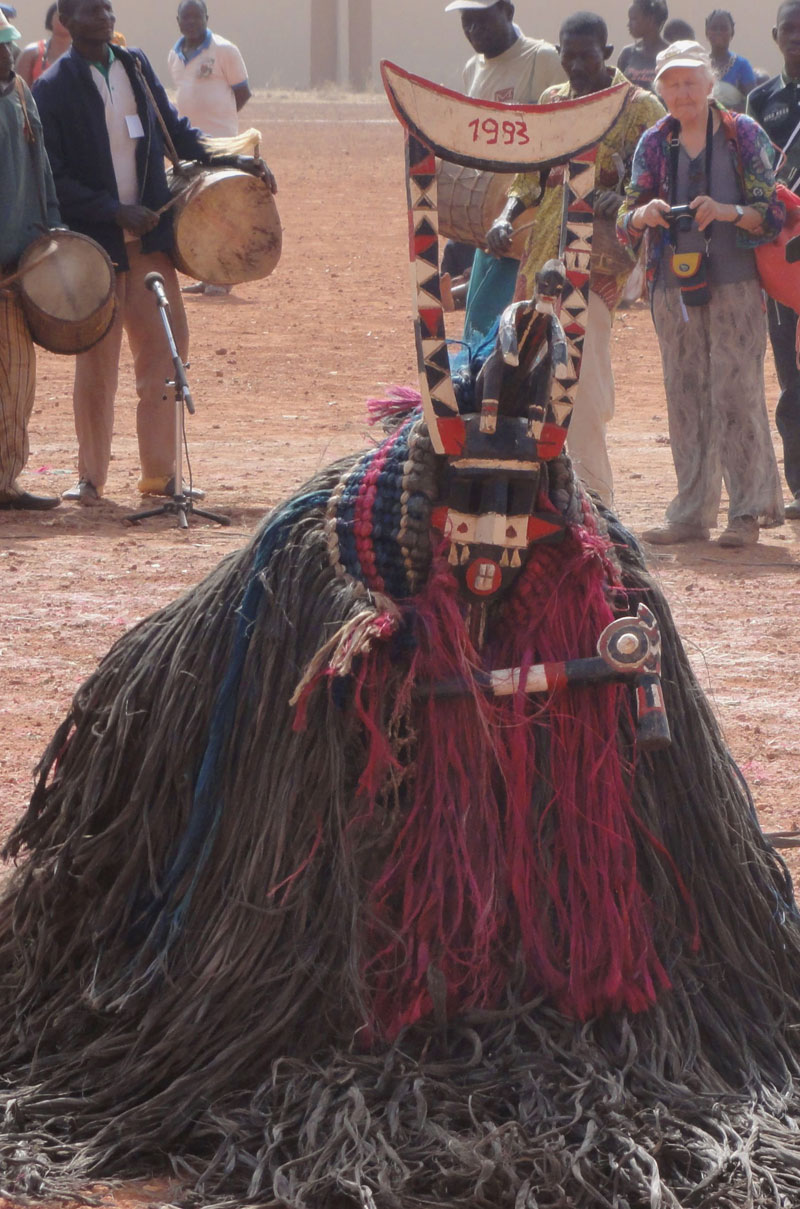
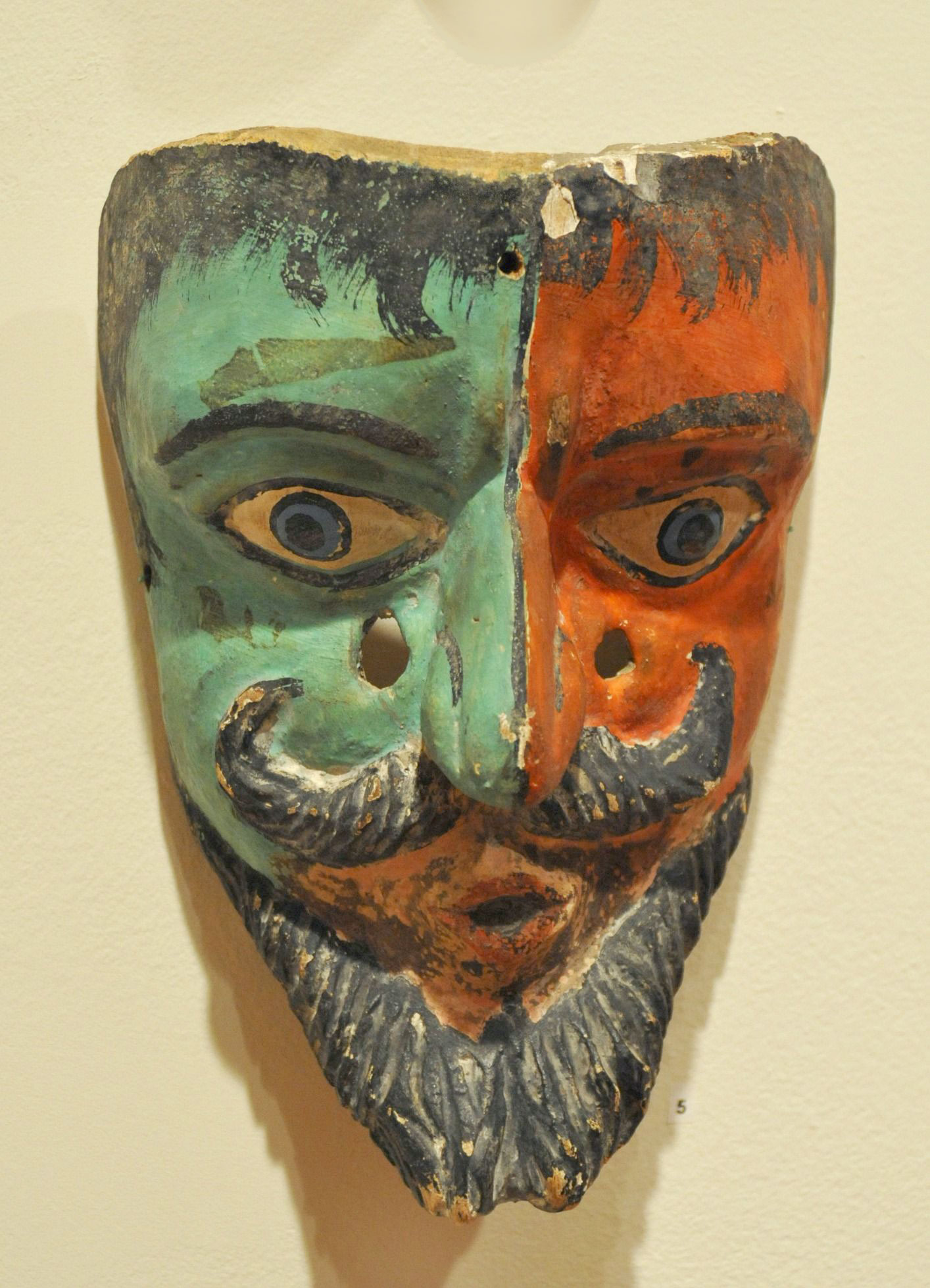

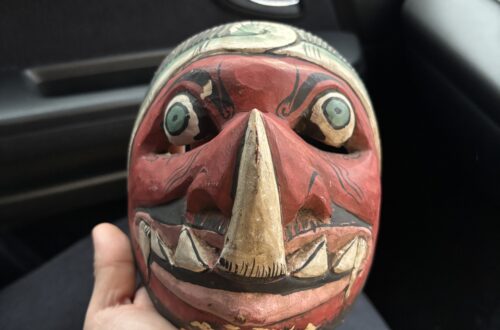
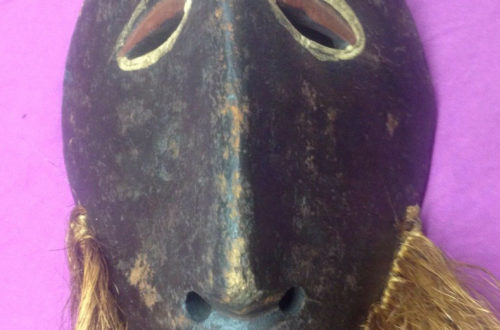
2 Comments
Bob Ibold
David wrote…
The mask/carving is over a meter long. I actually bought a pair and attached is the second mask. I was told that iron wood is the material, and based on what i know, iron wood is extremely hard. I have a very general question. I have tried to study known examples of authentic ceremony used masks but I still can’t tell them apart from artificial aging due to the dark paint used on most masks. Can you give me some pointer on what I should look for?
In regards to the PNG masks, I believe they are old. I often travel to Hawaii and have seen naturally aged local carvings. The color, cracks, and general patina are very similar. What do you think?
My answer…
Pre-contact carvings are done with stone and other natural materials, not with steel tools. Most of what you see on the market today has been carved the new way. You can tell the difference if you have the piece in your hands. Once the tribal people are exposed to foreigners, they do extra carvings for trade or money.
william ketcham
My mother purchased several PNG masks, spears and full figure carvings in the 1980’s and 1990’s. She is now deceased and the artifacts are in the British Virgin Islands. We are considering shipping them to the US. We have fumigated and crated the items but our broker said that we are required to determine the genus and species of the wood.
Any even if general information that you can provide would be most appreciated.
Thank you,
Kem Ketcham